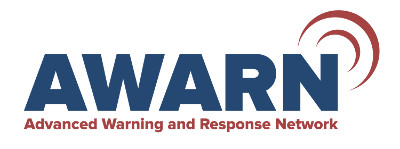McAdams On: AWARN
“The power’s off.” “Is it off everywhere?”
We look over the valley floor. A few houses have generators. Most are dark. The wind is howling. The redwood table is floating in the pool and the roof is trying to lift off. The main road is closed because someone’s roof did lift off and hurtled through a transformer.

“Do you have a transistor radio?”
“I have this weather radio. It probably needs new batteries.”
“I don’t think we need a weather radio. It’s windier than the inside of a turbine. We need to check the local news if we want to see where the flying roof went. I don’t suppose you have a battery-powered TV?”
“Well, as a matter of fact…”
We didn’t need it. The power came back on that night. Some poor souls were out there in bucket trucks handling electrified cables so we could keep our beer cold.
The professional video industry's #1 source for news, trends and product and tech information. Sign up below.
It doesn’t always work out that way, as every cattle rancher in the heartland knows full well. We just lost power for a while. They lost a million acres, thousands of head and several comrades.
I don’t know if AWARN’s advanced alerting technology could have averted those casualties, but it arguably does have the potential to save lives. AWARN aggregates information from across multiple first-responder agencies and delivers it in real time—something first responders themselves did not have on 9/11.
AWARN, for “Advanced Warning and Response Network,” is the emergency alert system overlay of ATSC 3.0, the proposed new transmission methodology for broadcast TV signals. We’ve heard about the platform’s “rich media” capabilities for awhile, but it’s the cross-agency aggregation with live TV coverage that commands attention, plus the ability to target and reach those most affected.
AWARN is able to achieve these things, we’re told.
Even when the power is off.
